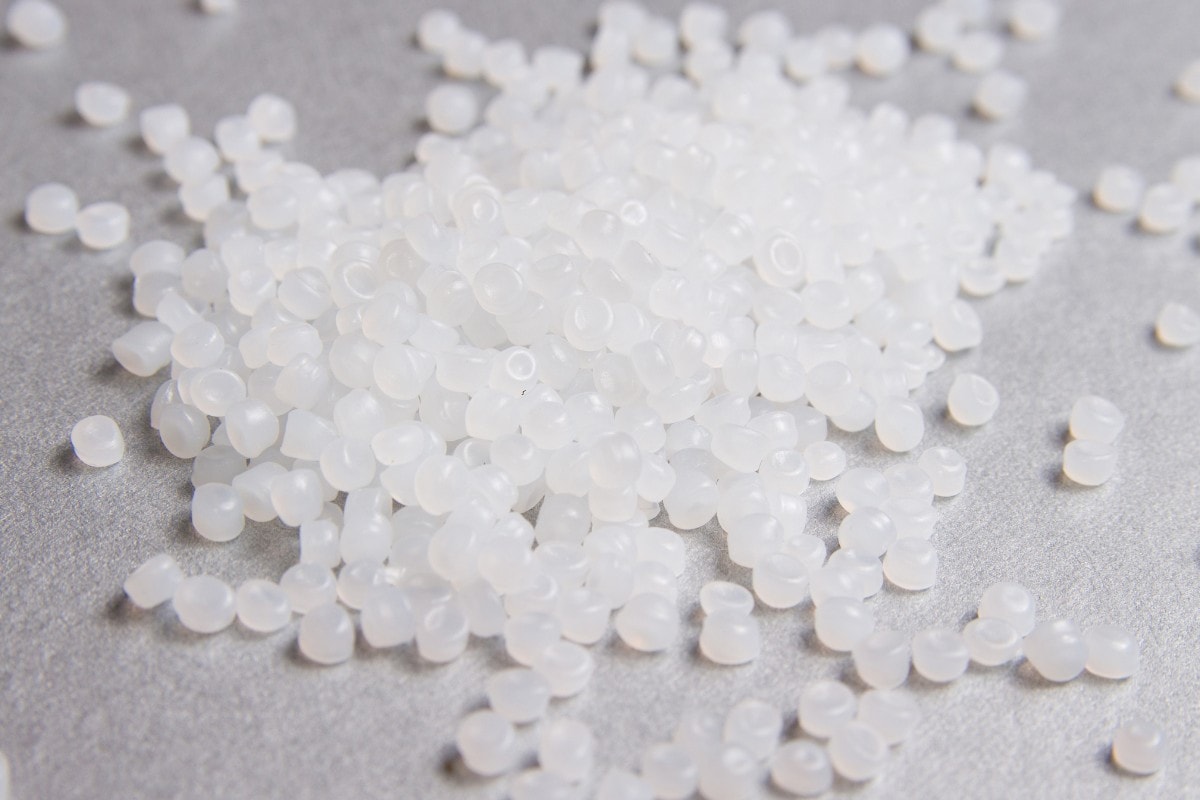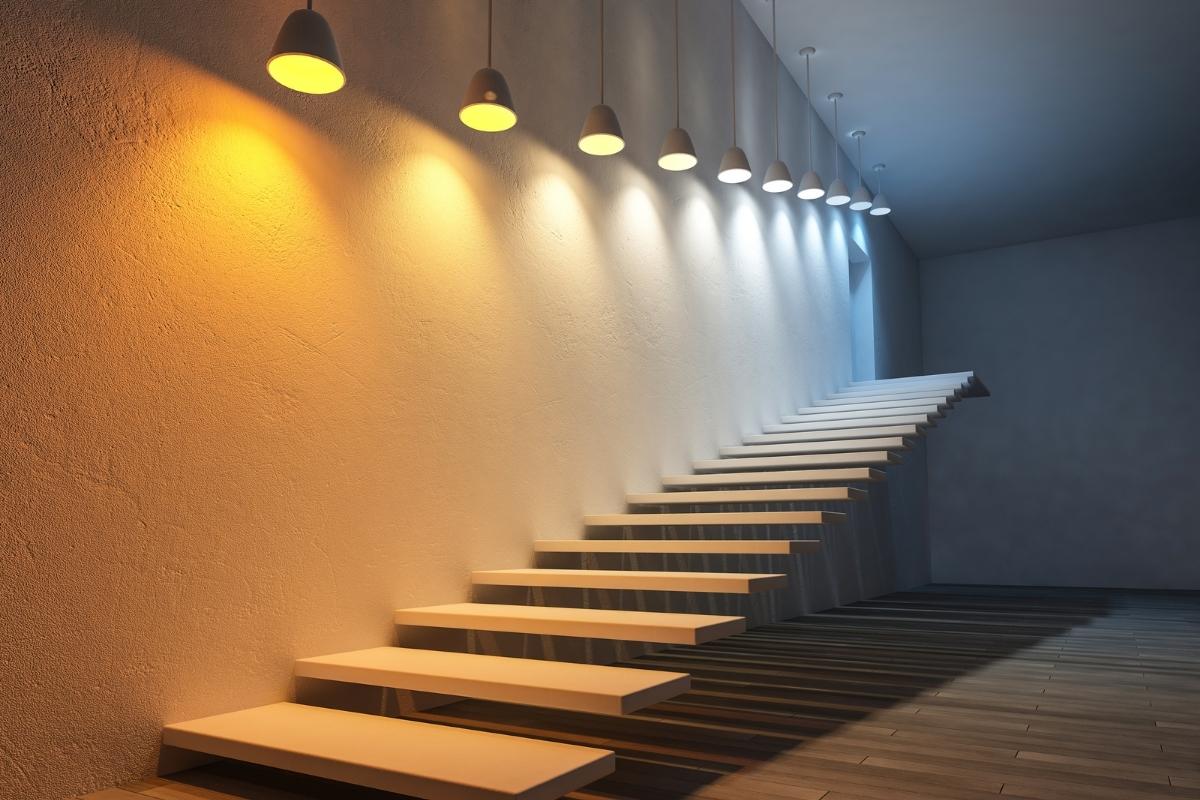What Is Transparent Material
Transparent materials are substances that allow light to pass through them without distortion or scattering. They are clear or see-through, providing a clear view of objects on the other side. When light encounters transparent materials, it easily passes through without forming shadows or being blocked. This property enables us to see through these materials and observe what is on the other side.
In lighting, transparent materials are commonly used as they allow light to pass through with minimal loss of intensity or color distortion, which ensures efficient light transmission, resulting in brighter and more effective lighting solutions. With transparent materials, lighting manufacturers can achieve optimal illumination and visibility in different applications. These materials also contribute to creating aesthetically pleasing lighting effects and atmospheres.
Examples of Transparent Material
Transparent materials are essential in the lighting industry as they enable light to pass through without significant distortion. Here are some examples of transparent materials commonly used in lighting fixtures.
Glass
Glass is widely used in the lighting industry due to its excellent clarity and light transmission properties. It can be molded into different shapes and sizes, making it versatile for creating lenses, diffusers, and covers for light fixtures.
Acrylic
Acrylic, also known as plexiglass, is a lightweight and shatter-resistant transparent material. It is often used as a cost-effective alternative to glass in lighting fixtures. Acrylic can be easily molded into various shapes and is commonly used for light panels, signage, and decorative lighting elements.
Polycarbonate
Polycarbonate is a transparent material known for its high impact resistance and durability. It is commonly used in outdoor lighting fixtures due to its ability to withstand extreme temperatures and weather conditions. Polycarbonate is often used for lenses, covers, and diffusers in various lighting applications.
Polyethylene Terephthalate (PET)
PET is a transparent plastic material commonly used for packaging, but it also has applications in the lighting industry. It offers good light transmission and diffusion properties, making it suitable for light diffusers and lampshades.
Poly(methyl Methacrylate) (PMMA)
PMMA, also known as acrylic glass, is a transparent thermoplastic material. It has excellent light transmission properties and is commonly used for light fixtures, displays, and decorative lighting elements.
These examples demonstrate the diverse range of transparent materials available for lighting applications. Each material has its own unique properties and advantages, allowing lighting designers and manufacturers to create innovative and visually appealing lighting solutions.
Frequently Asked Questions
What’s the Difference Between Transparent and Translucent
Transparent objects are those through which light can pass easily, such as water and glass. On the other hand, translucent objects are those through which light can pass partially, like tracing paper and waxed paper.
Do Translucent Objects Emit Light
Translucent objects do not emit light. Instead, they have the ability to reflect, absorb, and transmit light that falls on them. Unlike transparent objects that mainly transmit light and reflect a minimal amount, translucent objects undergo all three processes.
What Is the Glass You Can’t See Through Called
Also known as privacy glass, opaque glass refers to a type of glass that cannot be seen through at all.
Does Transparent Material Reflect Light
Transparent objects allow light to pass through them without reflecting it. Therefore, a transparent material does not reflect light.









